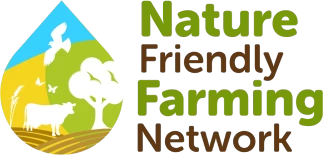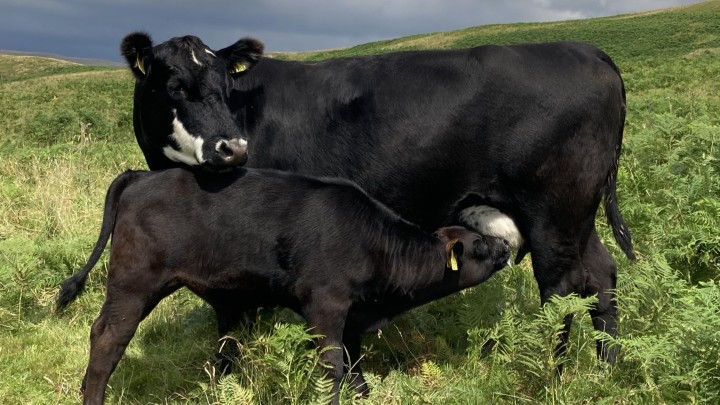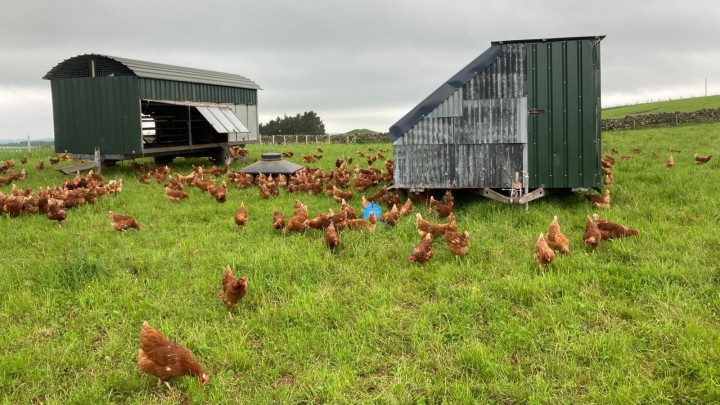Nic Renison and her husband have spent the past decade guiding their Cumbrian farm on the edge of the Pennines towards a more nature-friendly future. Nic has also co-launched a festival bringing farmers together to tackle the challenges ahead.
Cannerheugh is an upland farm in Cumbria. For the past decade, its 360 acres have been owned by NFFN England steering group member Nic Renison and her husband, Paul (known as Reno). Together, they have led Cannerheugh (which means ‘Canner’s Hill’ in the local dialect) in a more nature-friendly direction.
Nic grew up on her parents’ dairy farm in Shropshire, where she was “the farm-obsessed one” among her four siblings. After a decade working in the family business, she sought a new direction, which eventually brought her north - and to meeting Reno, who had studied at Harper Adams University before managing a Lakeland fell farm. By 2012 the couple had decided they wanted their own place and managed to get the keys to Cannerheugh. “We were lucky enough to have a brave bank manager who lent us a huge amount of money to buy the farm,” Nic says.
At the time, Cannerheugh was run as a finishing farm, with store cattle being fed in sheds and large numbers of sheep. The couple knew little about nature-friendly farming but felt fortunate to have bought land with sandy, free-draining, deep soil. They arrived with their two young children and initially settled in a caravan while setting up a mule sheep system. After about a year, though, they became disillusioned with the way they were farming.
“We realised we’d created a complicated system which required lots of labour and inputs, keeping us busy for very little return,” Nic says. “It was a testing time; we were both working off farm, juggling the kids without family nearby, and trying to fit in locally. Having just moved to the area, it felt easier to do what everyone else did.”
Their first real insight into alternative approaches came on a trip to the North East, where they met a group of farmers running large organic systems. “Reno went up there, came back and just said: ‘What have we been doing?’ We didn’t know how grass grew, we didn’t know anything about soil health. We were clueless about the possibilities."




